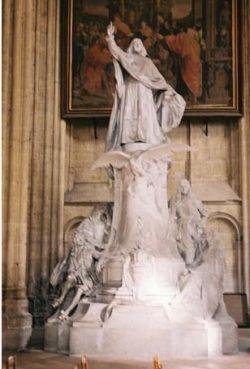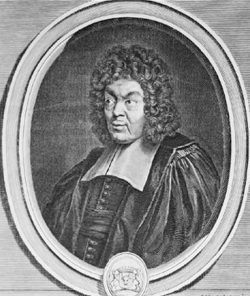The conversion policy (1660-1685)
While the edict was “rigorously” enforced, the Catholic Church used peaceful means to prompt Protestants to convert. These included the proposal of financial means.
The theological arguments
The clergy was made responsible for stimulating conversion. Bossuet, bishop of Meaux, was at the centre of this anti-Reformation propaganda between 1670 and 1680.
The two principal arguments were :
- Theological opposition by the Reformation was founded only on protest against former abuses and on dogmatic misunderstandings.
- Wide differences existed between Churches of the Reformation, whereas the Catholic Church was united.
Such arguments, wisely presented by renowned theologians, proved to be convincing. In 1668, Bossuet succeeded in converting the Marshal de Turenne to Catholicism.
Some pastors were likewise converted.
Financial arguments
As from 1660, the Companies for the Propagation of the Faith, together with their homes for new converts, greatly increased in number. In Lyon, from 1659 to 1685, some 568 Protestants of a 1600-member community abjured : they included orphans, widows, children of mixed marriages, as well as people arriving from out of town.
The new converts benefited from social aid and educational support. New converts received financial support for home building from the Companies for the Propagation of the Faith and the clergy assemblies.
As from 1677, supplementary financial means came from new clerical revenues and were placed in the Conversions’ Fund. Paul Pelisson, a convert, was appointed by the King as being in charge of the Fund from 1676 to 1693. The Fund also supported missions in Protestant territories on which the bishops tightened their grip after having lost it in the middle of the century.
On the whole however, this conversion policy was not very successful.
Bibliography
- Books
- CARBONNIER-BURKARD Marianne et CABANEL Patrick, Une histoire des protestants en France, Desclée de Brouwer, Paris, 1998
Associated tours
-
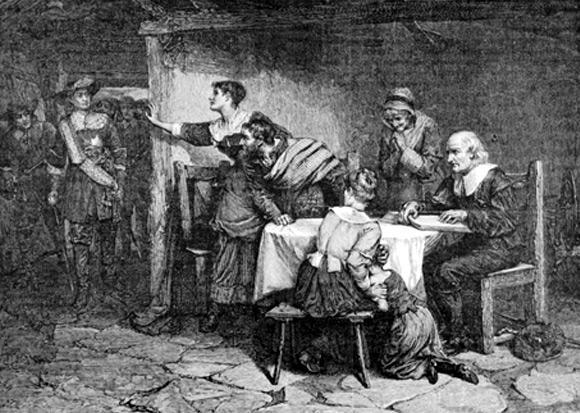
The rigorous edict (1661-1685)
As the Catholic clergy launched missions for the conversion of Protestants, Louis XIV implemented policies aiming to reduce and eventually put an end to Protestantism in the Kingdom. He began...
Associated notes
-
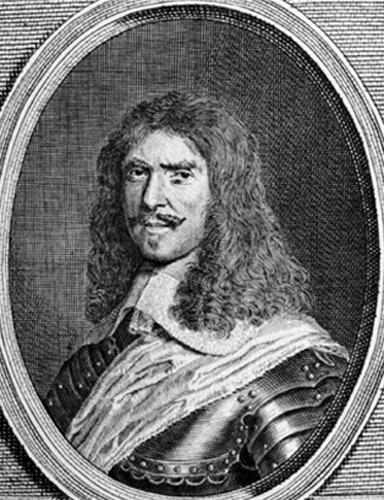
Turenne (1611-1675)
Turenne, a great military leader, was converted from Protestantism to Catholicism ; this experience was very significant for him. -
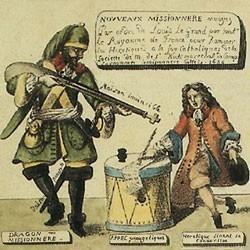
The "Dragonnades" (1681-1685)
A “Dragonnade” was the forced lodging of dragoons, the king’s soldiers, in Huguenot homes. The latter were looted and mistreated until they renounced their faith. -
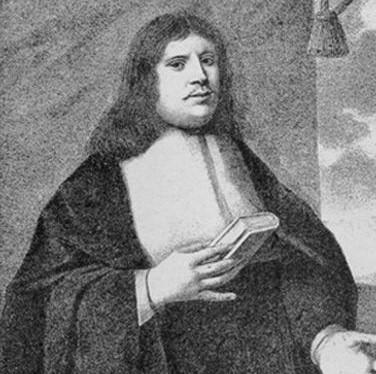
The Protestant resistance (1661-1700)
The Protestants were prisoners of their own loyalty to the King. This is why they showed little resistance to the restrictive measures taken against them by Louis XIV. -
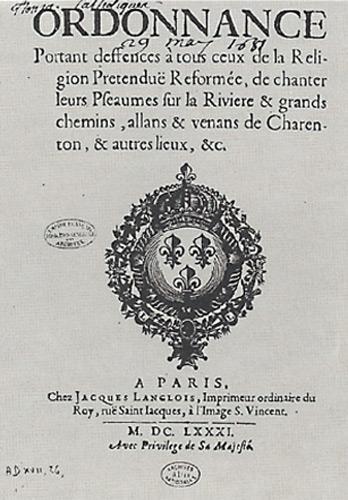
Legal harassment (1661-1685)
Under pressure from the clergy, and so as to force Protestants to conversion, Louis XIV implemented the Edict of Nantes in a more and more restricted way. Hence the term... -

A seeming lull (1630-1660)
After the Alès peace treaty, Richelieu tried to get the Protestants back into the Catholic Church. Under the rule of Mazarin, because of the necessities of France’s foreign policy and... -
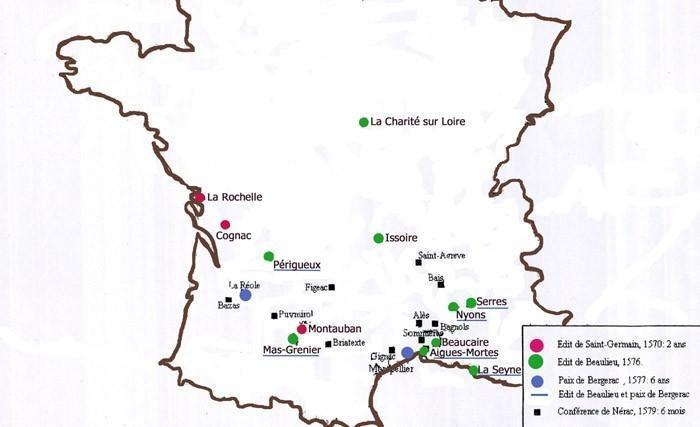
Protestant "places of safety"
The “places of safety”, strongholds in the hands of governors and granted to the Reformed, met religious and military requirements.

